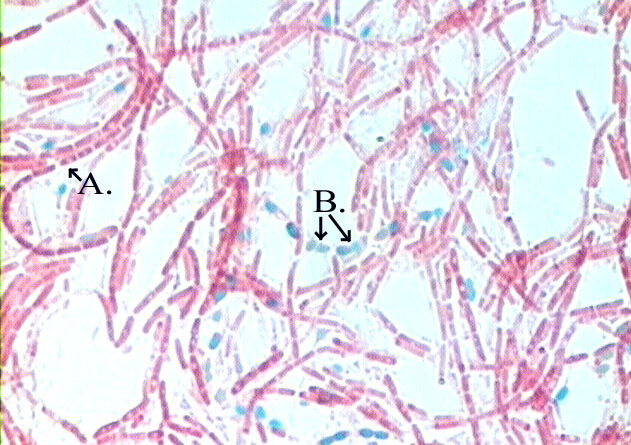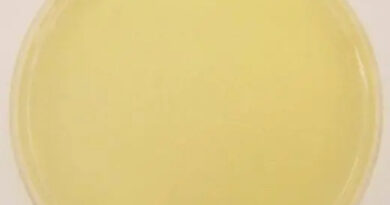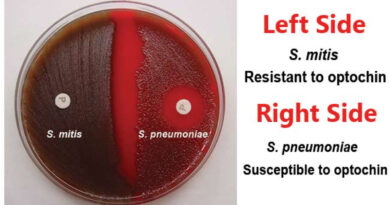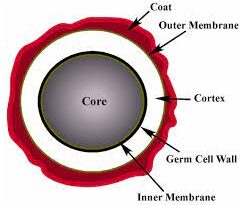Negative staining of endospores
Negative staining is one of the most popular methods to stain endospores in bacteria. The coloring power of acidic dye e.g. eosine in sodium eosinate is having Negative charge and therefore, it does not combine with the negatively charged bacterial cell surface. On the other hand, it forms a deposit around the cell and thus the bacterial cell appears colorless against a dark background.
Requirements
- Starved bacterial culture or spores
- Nigrosin (7%)
- Congo red (2%)
- Inoculation needle
- Bensen burner
- Glass slide
- Cover slip
- Microscope
Procedure
- Mix a small loop full of 7% nigrosin on a cover slip with a culture in the form of a thin film.
- Invert the cover slip in such a way on a slide so that the film side may be down on the slide.
Endospores appear highly refractive spherical or elliptical bodies after examination in oil immersion objective.
Result
Colorless bacterial cells are observed against a dark background.
Reference
Dr. R. C. Dubey – practical microbiology



